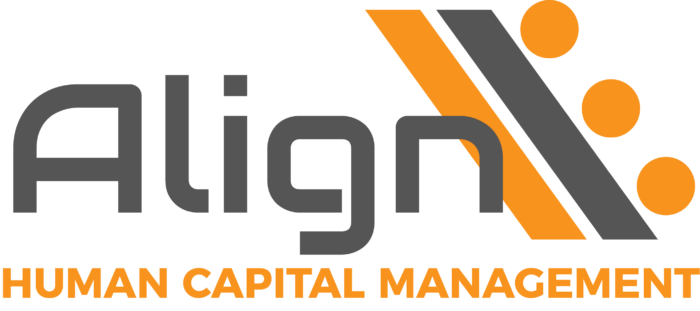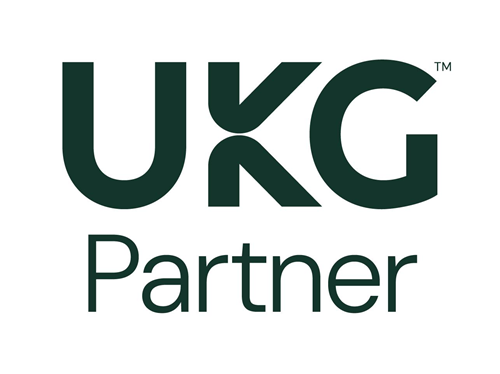Millions and millions of people are quitting their jobs.
In January 2022, close to 4.3 million people left their place of employment, and in 2021, almost 48 million people quit.
In July 2023, there were 9.8 million job openings in the U.S., but only 5.9 million unemployed workers, according to data from the U.S. Chamber of Commerce.
Employees have major power in choosing where they want to — or where they don’t want to — work.
So what does all of this mean for employers?
It means it’s more difficult to hire new talent and more difficult to retain existing talent. Employees have access to a variety of opportunities, and if they find an option better than their existing one, they are likely going to take it.
In this competitive job market, you must focus on retaining talent if you want to keep top team members at your organization.
First, Let’s Consider Why People Leave Jobs
If you want to retain talent, first you need to consider why people leave jobs.
In this job market, employee experience is more important than ever before. If an employee has a bad experience — or an opportunity to have a better experience — they are more likely to move on to a new job.
Some of the top reasons why people leave jobs include:
- No career development
- Poor work/life balance
- Lack of flexibility in schedule
- Poor leadership
- Unsatisfactory benefits
- Unsatisfactory compensation
- Dangerous working conditions
- Unfulfilling work
- Misaligned company values
If you want to keep talent on your team, you need to work against these reasons to leave and give employees reasons to stay.
7 Ways to Retain Talent
To keep your team happy, focus on these seven ways to retain talent at your organization.
#1) Provide on-going education and career growth.
Employees want to feel like they are making progress in their professional roles. If they don’t feel like they can learn or move up in their existing position, they will look to level up at another organization.
Show employees how they can grow within your organization. Offer clear career growth plans that show how they can move up and take on new roles, and offer incentives for on-going learning and career development.
At Align HCM, we are getting ready to launch Align Academy, which offers training for our team so they can learn new skills and support their career growth.
#2) Recognize (and reward) your team.
SurveyMonkey and Bonusly surveyed 1,500 workers and found that 82% of respondents said they are happier when they’re recognized at work. Employees crave recognition at work, and it can improve their job satisfaction.
Help your team feel appreciated by setting up programs that recognize their work, achievements, and milestones. And, reward them with cash when you can. In the survey, 57% of participants said they like to be rewarded at work through cash bonuses.
Related: Smart Ways to Use Employee Recognition to Motivate Your Team
#3) Offer competitive compensation to new and existing hires.
In this competitive market, employees are on the lookout for higher salaries, and in many ways, they are finding them. Employers are using higher wages as a way to attract new talent to their teams. While this is an effective way to hire, it can also lead to dissatisfaction in existing employees.
If you hire a new employee for the same job as an existing employee but pay the new employee more, it can create dissatisfaction in the existing employee. Talent acquisition is important, but always think about how it impacts employee retention, too. Consider boosting wages for both new hires and existing employees.
#4) Request feedback and act on what you learn.
One of the worst things managers can do is assume they know what their teams are thinking. You may believe that your employees are happy, but you can’t really know until you ask them. To identify where your staff may be unsatisfied, conduct surveys and seek feedback on topics related to:
- Leadership
- Company transparency
- Working conditions
- Work/life balance
- Company values
The important part of this task isn’t collecting feedback; it’s acting on it. If you don’t plan on making changes based on what you learn from your employees, don’t survey them. You may actually increase employee dissatisfaction if you seek feedback, and then don’t do anything about it.
#5) Offer flexibility and autonomy.
One of the workplace lessons of the COVID-19 pandemic was that in many cases, people could work just fine from home. As many organizations turned to remote work, they found that they could sustain their operations with their team working from home. And, employees came to enjoy and value the flexibility.
In a study by Stanford Business, one company reported that resignations dropped by 50% when employees were allowed to work from home. Employees want more options for flexible working conditions. Consider how you can offer remote work options for employees who put work-from-home at the top of their priority list.
Related: Hybrid Work Models: 6 Options for Mixing Remote & In-Office Policies
#6) Lead with your values.
Employees aren’t just leaving jobs because of low compensation or poor working conditions. They are also leaving jobs when they feel the organization doesn’t represent their values. When company culture, vision, and mission don’t align with an employee’s views, they are more likely to leave than to stay. A study by Blue Beyond Consulting and Future Workplace found that 52% of workers said they would quit their job if company values are not consistent with their personal values.
To retain talent, make your mission clear to new hires when they join your team, and continue to promote your values to your existing employees. Don’t just state your values; live up to them.
At Align HCM, we have a mission of putting our people first, and we make that vision clear to both our new hires and existing team members.
(Hey, we’re hiring if these values sound like a fit for you or someone else you know.)
#7) Hire the right people.
Finally, if you want people to stay at your organization, it helps if you hire the right people. Making the right hiring decisions can decrease turnover and help you retain talent in the long term. Even if you have plenty of jobs to fill, don’t rush the hiring process. Instead, approach hiring with a modern talent acquisition mindset.
Focus on finding employees that are the right fit for your organization, and help potential employees determine if your organization is the right fit for them. New hires should be seen as equal parts of the hiring process. You want to make sure they choose you as much as you choose them.
Hire and Retain Top Talent
Hiring and retaining top talent is more competitive than ever before. Use these tips to keep your existing workforce engaged and happily employed as part of your team.
For more tips on how to elevate the employee experience at your organization, sign up the Align HCM Newsletter to get more advice and insights from HCM experts at Align.



 Align HCM Celebrates Customer Success with a 4.9/5 Satisfaction Rate Over 50+ Customer Reviews
Align HCM Celebrates Customer Success with a 4.9/5 Satisfaction Rate Over 50+ Customer Reviews



